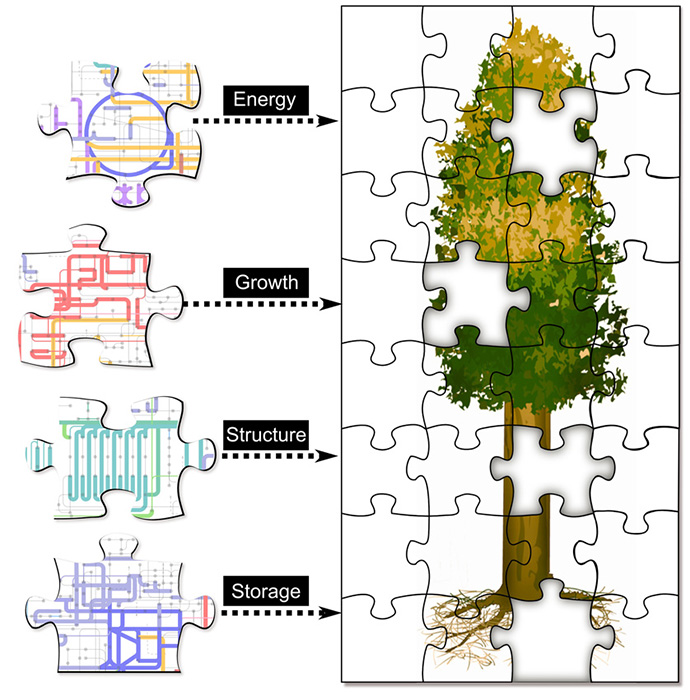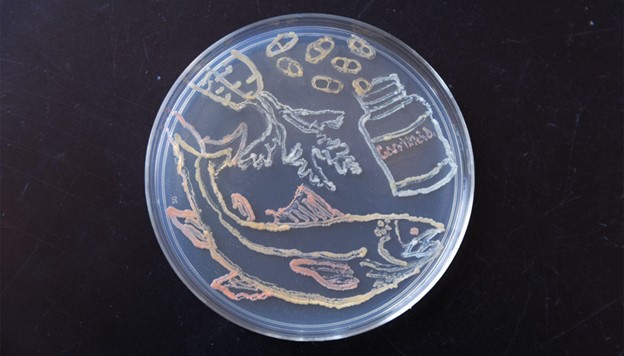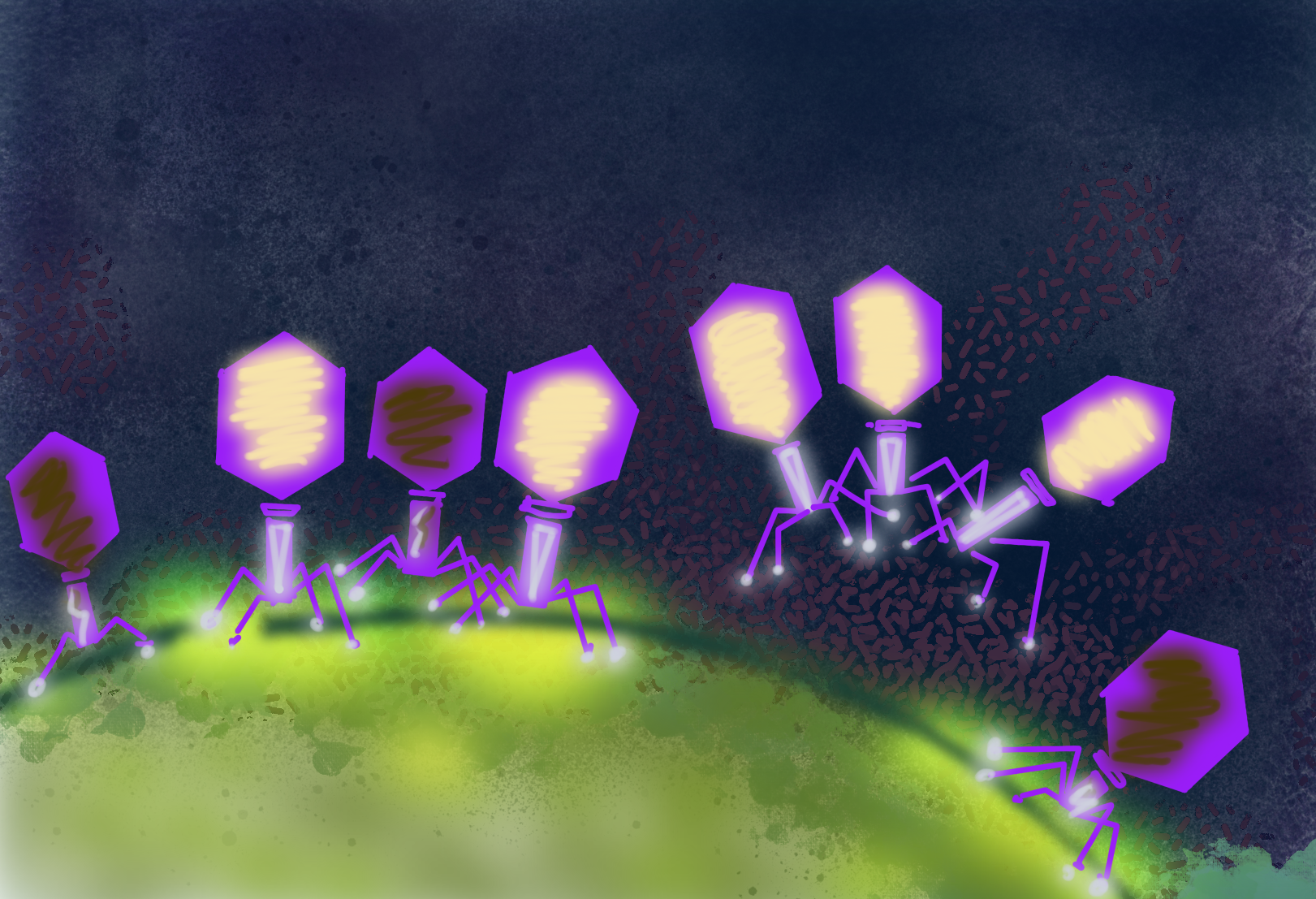Mapping Poplar Tree Proteins
Proteome atlas offers new view of bioenergy crop’s molecular machinery.

The Science
Populus, a fast-growing perennial tree, holds potential as a bioenergy crop due to its ability to produce large amounts of biomass on nonagricultural land. For woody perennials such as poplar, growth and photosynthesis are tightly coupled during the plant’s lifetime. This study illustrates that a comprehensive systems approach to proteomics can yield valuable information on these processes and the lifecycle of bioenergy-related plants.
The Impact
The findings confirm prior hypotheses that mature leaves appear to function primarily for energy generation via photosynthesis while young leaves partition resources between growth and photosynthesis.
Summary
To understand these processes, researchers at the Department of Energy’s BioEnergy Science Center (BESC) have measured more than 11,000 proteins in different tissues of poplar, including mature leaves, young leaves, roots, and stems. They have developed a poplar proteome atlas that shows which proteins are present in the various tissue types at a given point in time. By mapping the proteins back to tissue-specific metabolic pathways, BESC scientists demonstrated that the same organ can participate in two different growth stages.
Contact
Robert L. Hettich
Chemical Sciences Division, Oak Ridge National Laboratory
Oak Ridge, TN 37831-6131
hettichri@ornl.gov
Funding
This work was conducted within the BioEnergy Science Center, a DOE Bioenergy Research Center supported by the Office of Science Biological and Environmental Research program
Publications
Abraham, P., et al. “Putting the pieces together: High-performance LC-MS/MS provides network-, pathway-, and protein-level perspectives in Populus.” Mol. Cell Proteomics 12(1), 106–119 (2013). [DOI: 10.1074/mcp.M112.022996].
Highlight Categories
Performer: University , DOE Laboratory



